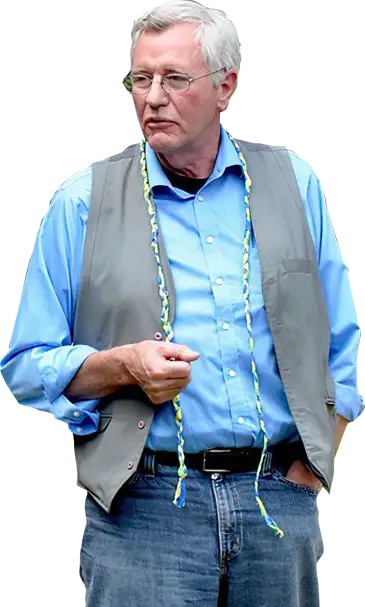“It was in my One-Room school, that’s where I learned to love learning for learning’s sake.”
– Past student just before his high school graduation.
The One-Room school teaching experience educates the teacher! The outcome, a deep understanding that the growth and development of the maturing mind and body are supported most directly when physical & artistic activity are integrated into the learning process.
OneRoomU is published to explore lessons learned teaching grades 1-8 in a remote, mountain valley, one-room school. The reader will decide if thoughts presented here will translate to your unique educational setting.
OneRoomU is for educators who want to inspire a love of learning – for learning’s sake
– William Butler Yeats

Children enrolled in the one-room school span a broad developmental range. Small children just losing their teeth spend the school day with students entering young adulthood. Obviously, the developmental path between the loss of teeth and puberty represents a time of exceptional neurological, physiological, and social development. Educators should understand that this growth and development is supported efficiently when large and small motor skills are exercised frequently within the learning environment.
Studying themes in depth, integrating curriculum components, engaging the arts and physical activity throughout the curriculum, and striving for the “best” work each student is capable of producing are the foundation stones of successful K-8 education.

Teacher